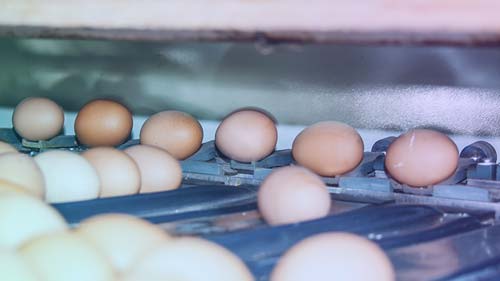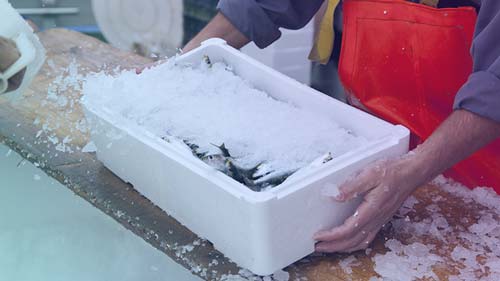Food safety guidelines are set up in countries so citizens can feel confident about the food they eat. Before refrigerators and freezers became widely available around most parts of the world, food couldn’t be stored for more than a day or so to avoid contamination or spoiling. This made it difficult to ensure you knew where your next meal was coming from and it became a priority to get the day’s daily food before anything else could be done.
However, in most countries and large cities, refrigeration and proper food storage allows citizens to have a greater variety of food to eat, which is stored for a longer period of time. This has allowed businesses to prosper and citizens to enjoy cuisine from around the world.
WHY FOOD SAFETY GUIDELINES ARE IMPORTANT

According to the World Health Organization, about 10 percent of all people (or one in ten) will experience food poisoning each year. Contaminated food causes an average of 420,000 deaths annually, making food contamination one of the top preventable ailments in our society. Each country has its own guidelines for food safety in businesses like restaurants and hotels, but the central food is to prepare, store, and cook food safely to prevent food-borne illness. The United States’ and Canada’s food codes varies by state for the U.S. and by province for Canada, but as a general rule of thumb, the Centers for Disease Control and Prevention in the US recommends refrigerating food between 33 and 40 degrees Fahrenheit, or .55 to 4.4 degrees Celsius.
The European Union published a white paper outlining their stance on food safety, but each country in Europe has policies that slightly vary.
Many countries, including most in Europe and North America, follow food safety guidelines set forth by the International Organization for Standardization. The organization’s ISO 22000 guidelines are what most countries currently follow, but are always changing, depending on new research and technology.
COMMON BUSINESSES THAT FOLLOW FOOD SAFETY GUIDELINES
Besides following common sense best practices in our own homes, many businesses have to follow the ISO and country and state-specific guidelines. These businesses include restaurants, hotels, caterers, conference centers, convenience stores, food trucks, and any other business or organization that is serving unpackaged, cooked food to their customers and employees that need to be kept at a specific temperature.

HOW SENSORS HELP MEET GUIDELINES
Automated sensors provide better temperature monitoring of food, which helps ensure that food is being stored properly before being used and prepared for staff and customers. Constant monitoring can help businesses keep records of their food safety procedures, which is helpful for regular on-site visits by government agencies, which happen regularly in many countries.
Automated sensors provide better temperature monitoring of food, which helps ensure that food is being stored properly before being used and prepared for staff and customers. Constant monitoring can help businesses keep records of their food safety procedures, which is helpful for regular on-site visits by government agencies, which happen regularly in many countries.
